Places to Visit
Visiting Arki Fort
and its Past

Once, Arki used to be a centre of art and culture. It may no longer be so but the remnants remain in the fort of Arki…
When Gorkha General Amar Singh Thapa Ruled Himachal Pradesh from Arki Fort | Video
Overlooking a historic town and rows of ancient hills, the imposing fort of Arki stands majestically high.
Built in a hill with vertical slopes on the sides and in the front that almost make it appear inaccessible, this fort has seen many a kings and invaders come and go in its more than 300-year of existence.
The fort was built between 1695 and 1700 by Rana Prithvi Singh, the ruler of Baghal state at that time, and two later rulers — Rana Mehar Chand and Rana Bhoop Singh — expanded and gave it the final touches.
The Gorkha rule
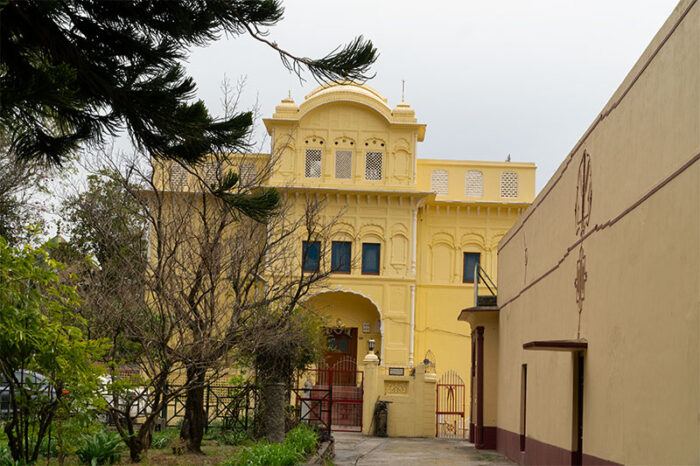

Inside the fort, there are three main structures including the one in which Gorkha army commander Amar Singh Thapa lived and the Diwan-khane or Diwankhana, a beautiful building where Rajas would meet their guests.
It was during the rule of Rana Jagat Singh that Gorkha army led by its commander Amar Singh Thapa invaded Baghal state and seized the fort in 1805-06. Thapa expelled Rana Jagat Singh, made Arki his capital and converted the fort into his palace. Thapa planned his war campaigns at this fort and ruled from here what is now Himachal Pradesh.
According to Kunwar Nagendra Singh, the son of Rajender Singh, the last Raja of Baghal before the princely state was merged with the Indian state in 1948, Thapa used to meet his advisors and plan his war strategies at this fort only.
“We have heard a lot about him (Amar Singh Thapa). How he would appear on that window and pronounce sentence or issue orders as the accused would stand in the courtyard,” said Mr Singh, pointing towards a huge door and the window in it.
“The accused, who were sentenced, would be hanged from those trees, over there,” added Mr Singh.
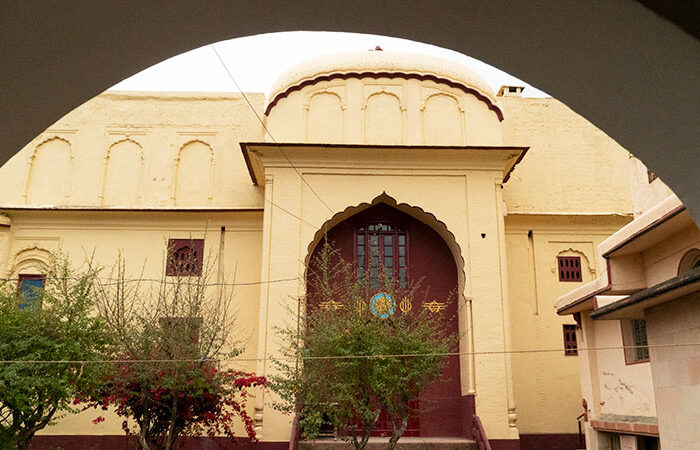
According to various accounts, local residents had suffered a lot under the ‘tyrannical rule’ of Thapa.
Mr Singh has his private residence in one part of the fort and he showed us some old photographs of the Rajas who ruled the Baghal state. Among the framed photographs on a wall is the portrait of Amar Singh Thapa.
Britishers reinstated Rana Jagat Singh after defeating Gorkhas in the Anglo-Gorkha war of 1814-15 and drove Thapa out of the Arki fort.
Diwankhana
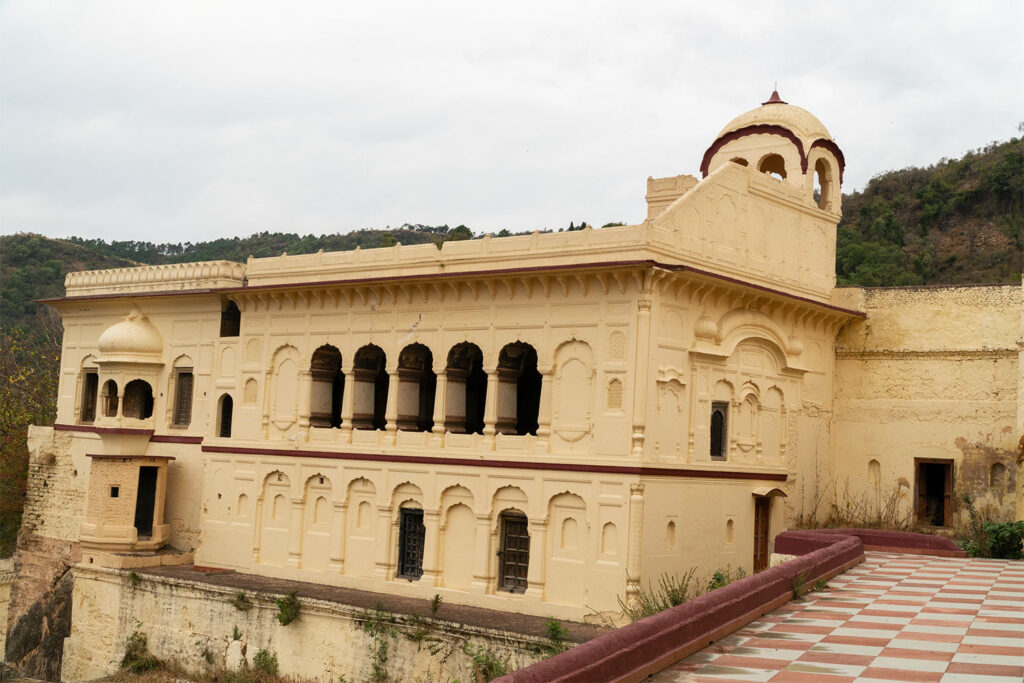
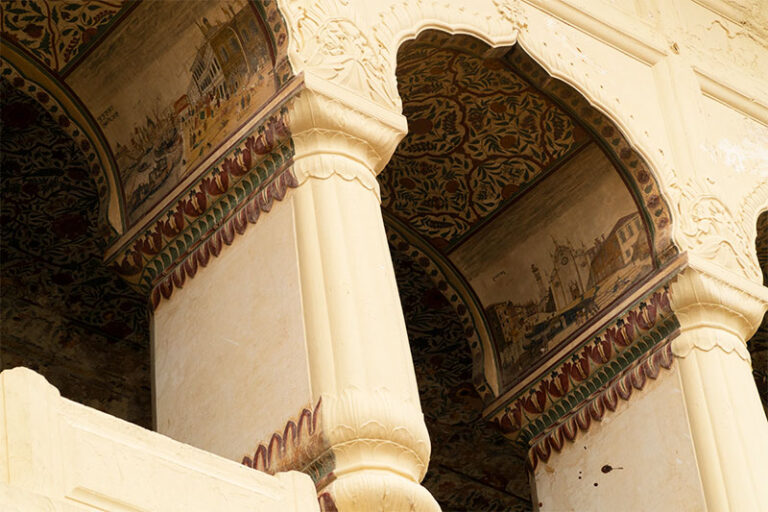
Along with Kangra, Arki was also a centre of Pahari school of paintings in the 18th century. The art style developed here, which was influenced by Basholi and Kangra schools of paintings, had come to be known as the ‘Arki school of paitings.’ One evidence still left in Arki of its rich past is in the Diwankhana whose walls, pillars and roof are covered with frescoes. While the rest of the fort is quite old, the Diwankhana is relatively new.
It was built in Rajput-Mughal style between 1830-35 by Rana Shiv Sharan Singh. Most of the murals were painted during the rule of Raja Kishan Singh, a great patron of art. There are animal and human figures painted in Arki style and foreign and Indian cities painted in European style.
JC French, a British traveller, who visited Arki in October, 1929, writes in his book, Himalayan Art, that the most paintings in the Diwankhana are influenced by Kangra and European art.
“It is curious to see the two styles of art, European and Kangra, side by side and the work of the same artists, and neither showing the slightest sign of being influenced by the other,” writes Mr French.
In ruins
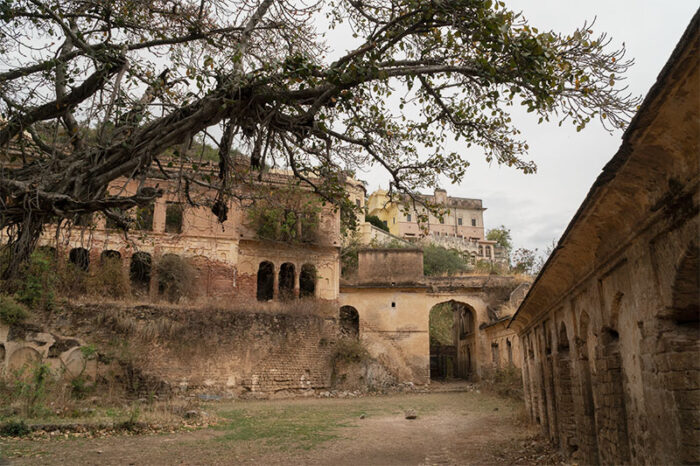
Once, the fort also housed royal offices mainly of the revenue department but all of them have been lying in ruins today. In the absence of any maintenance, a good part of the fort including the offices is slowly decaying.
Many old structures have crumbled down and are in urgent need of renovation. This place has existed for more than 300 years and hope it will continue to.




